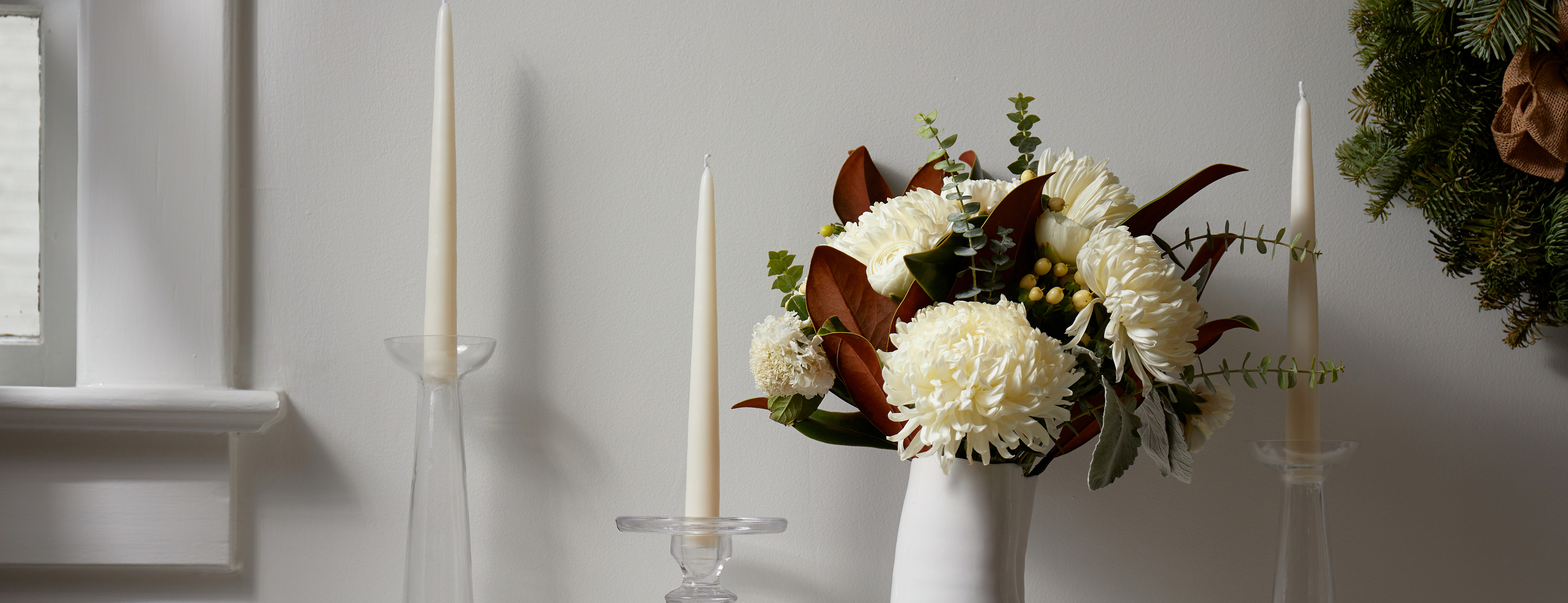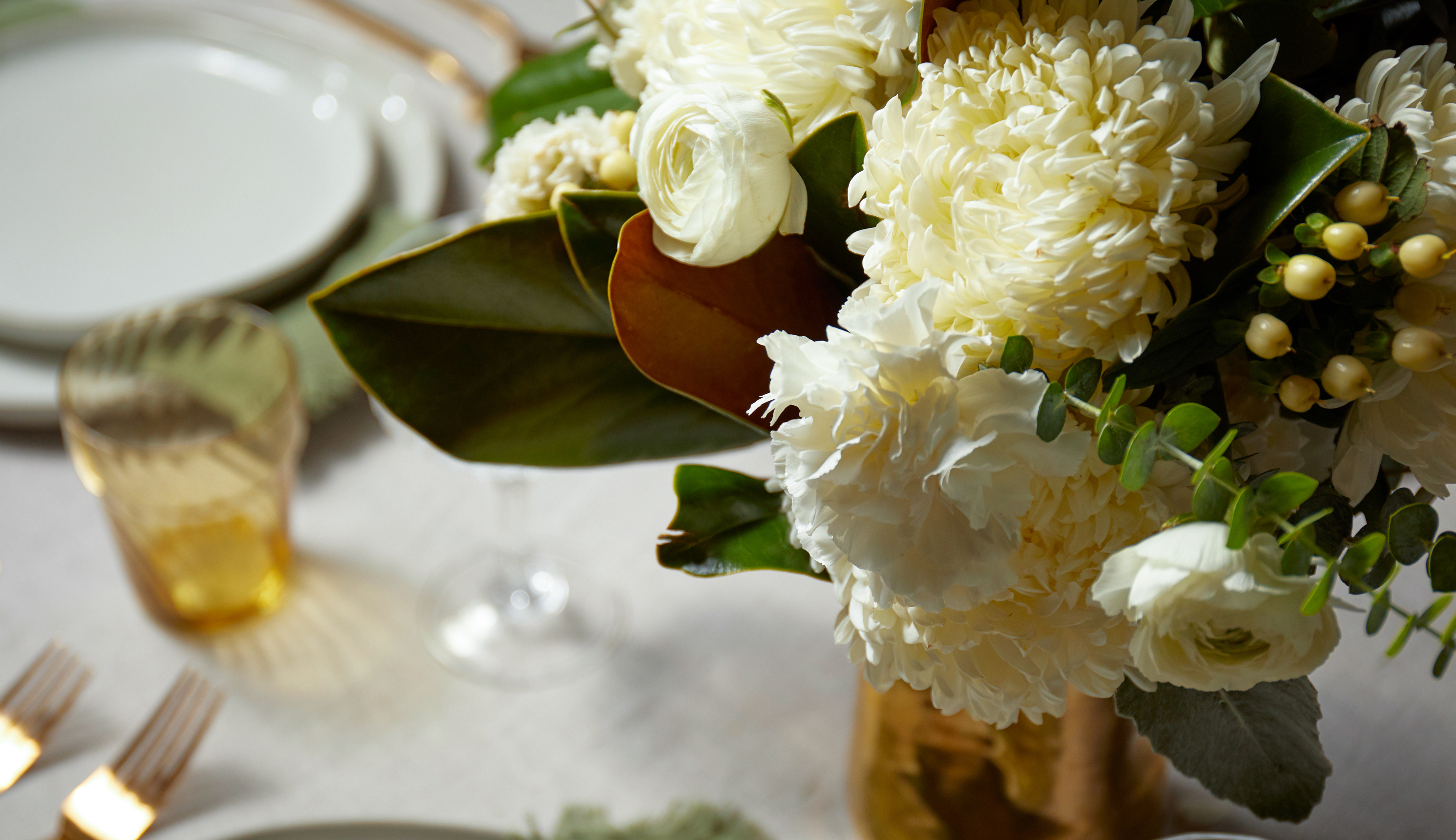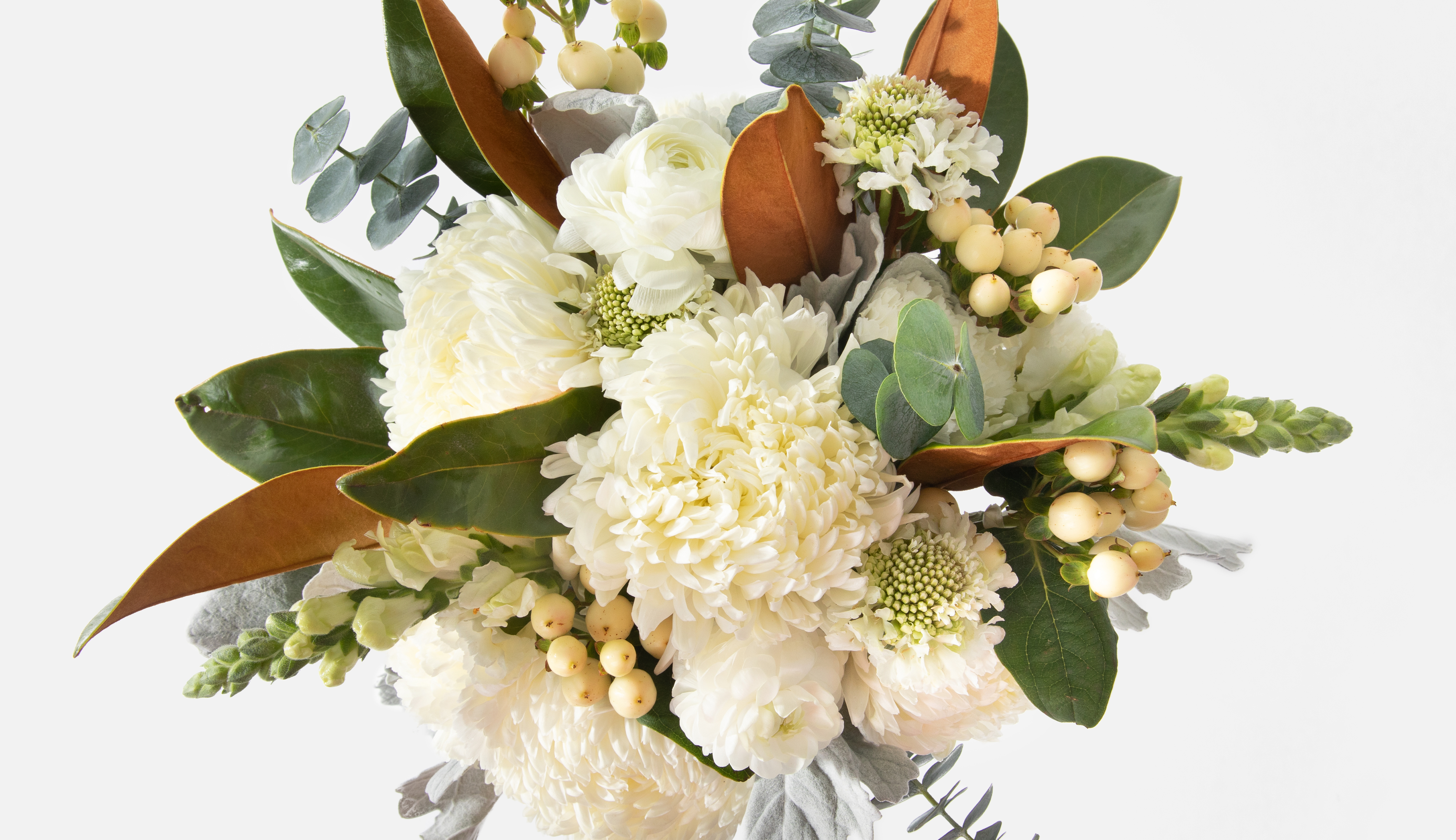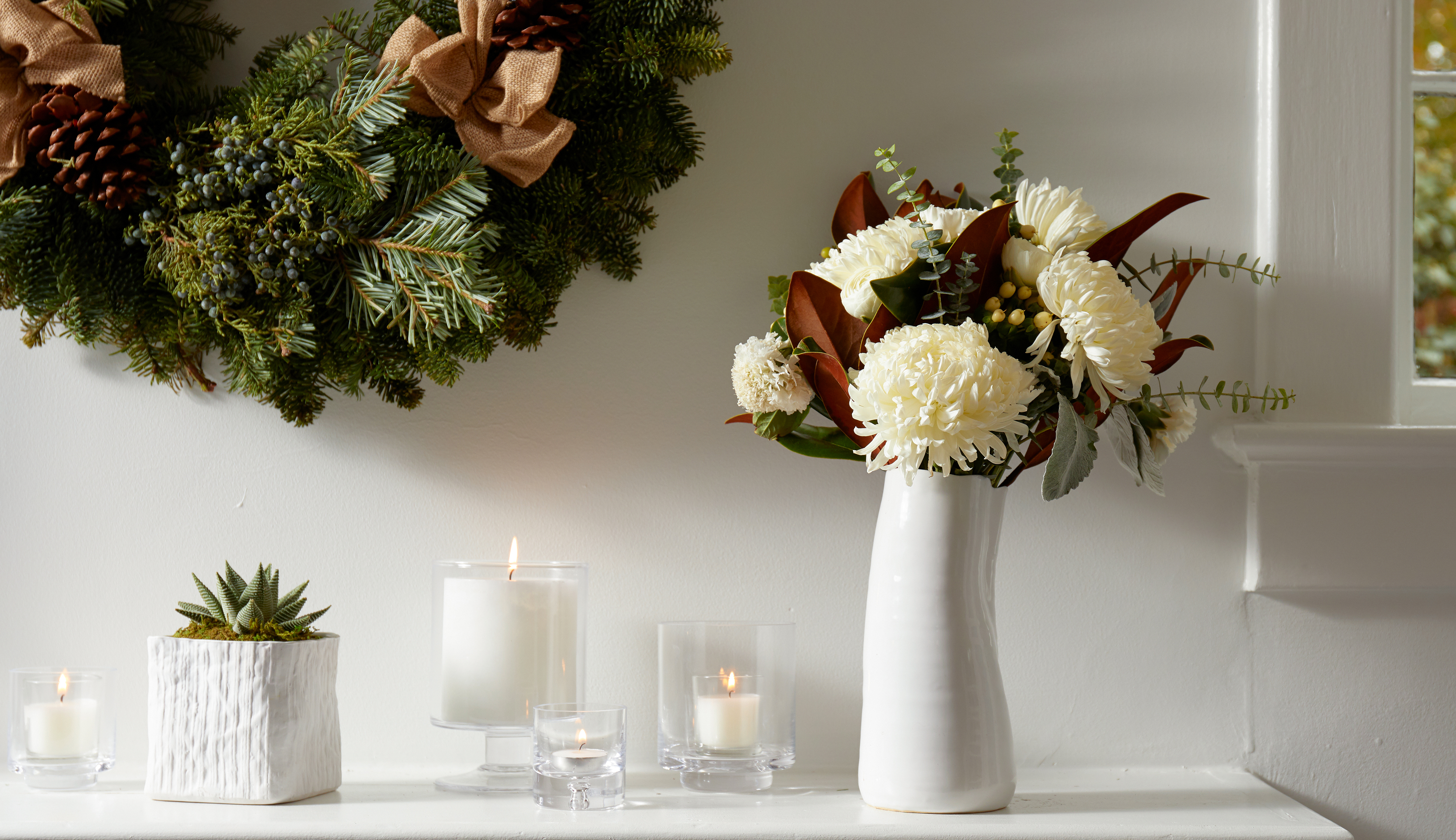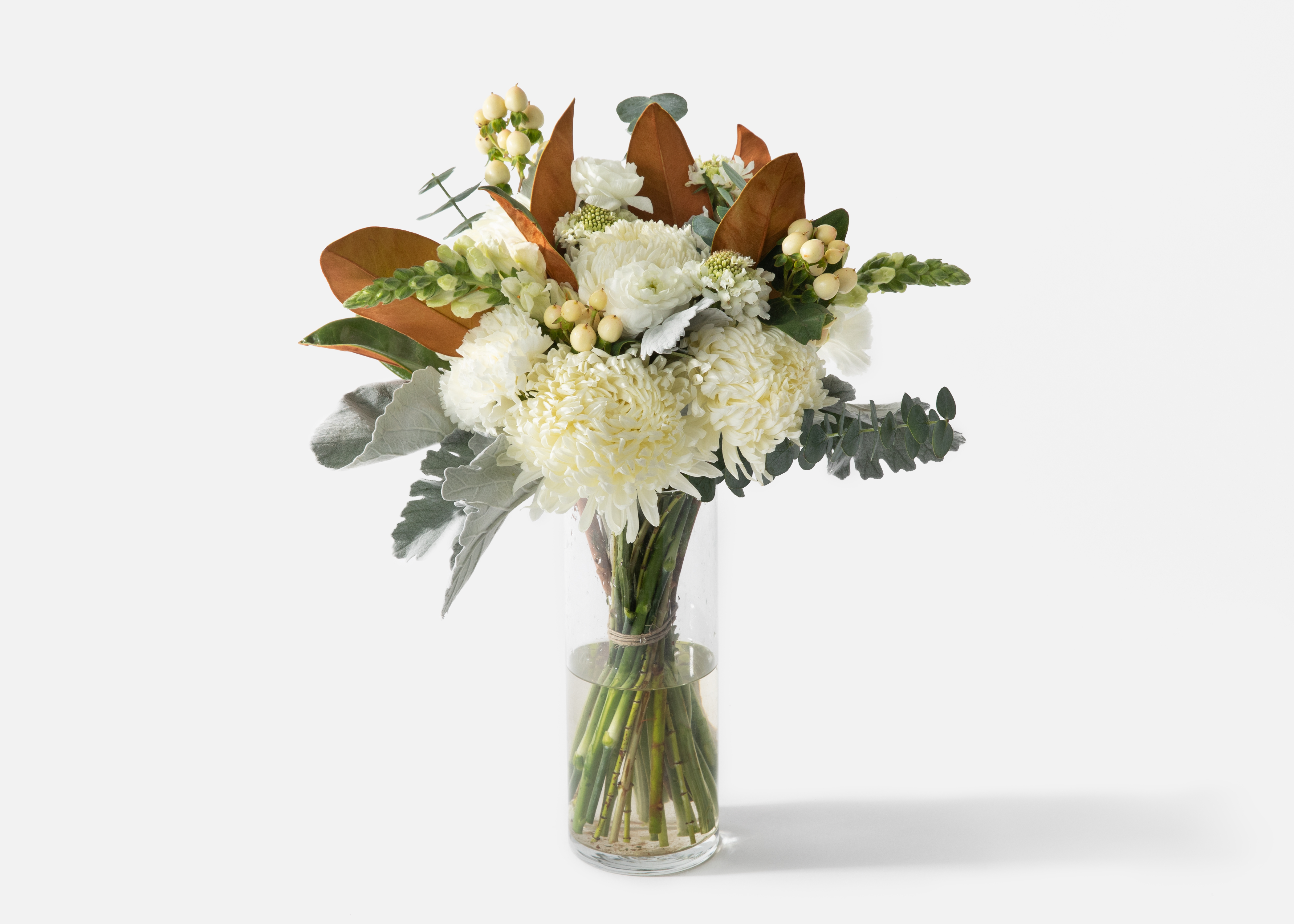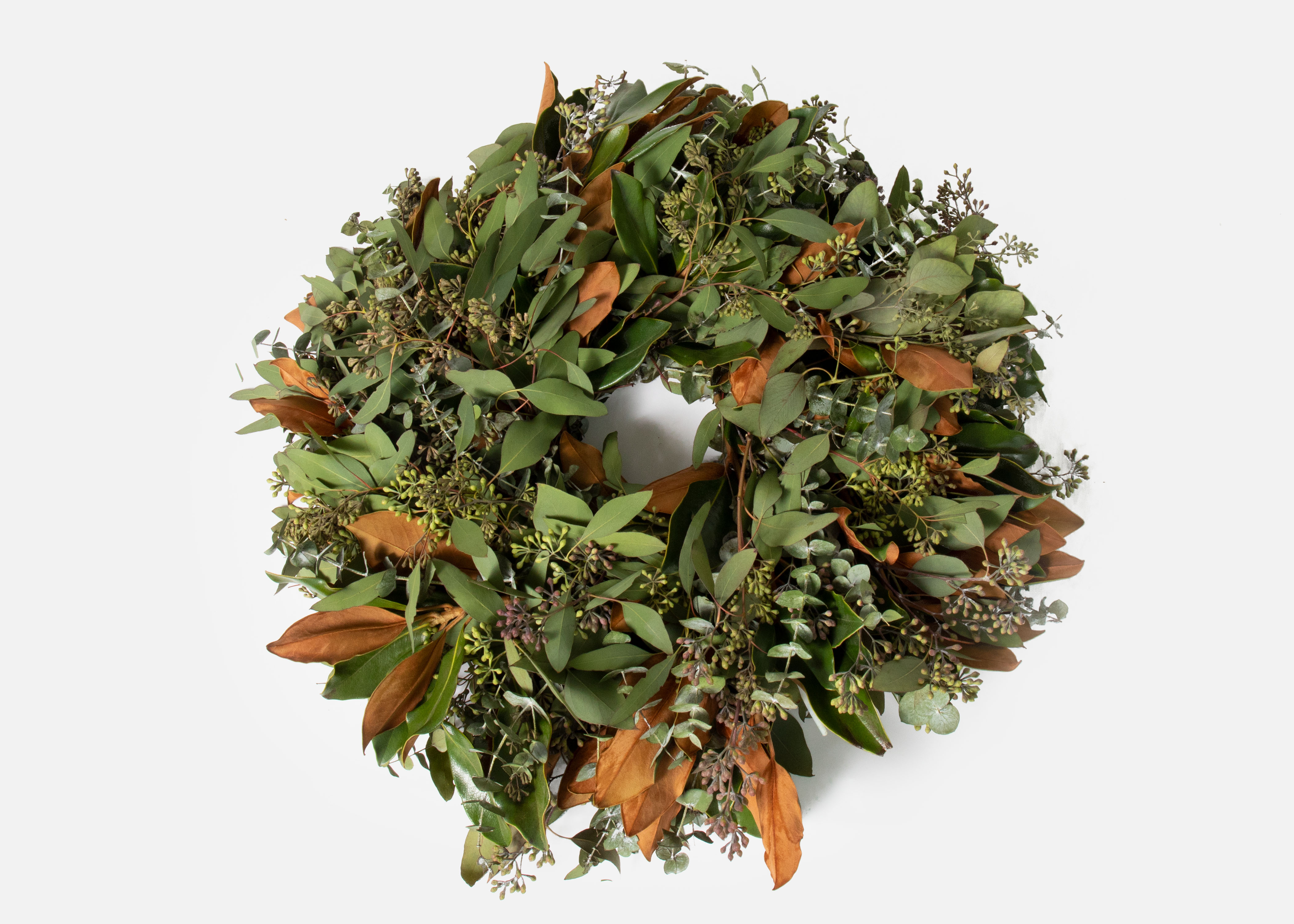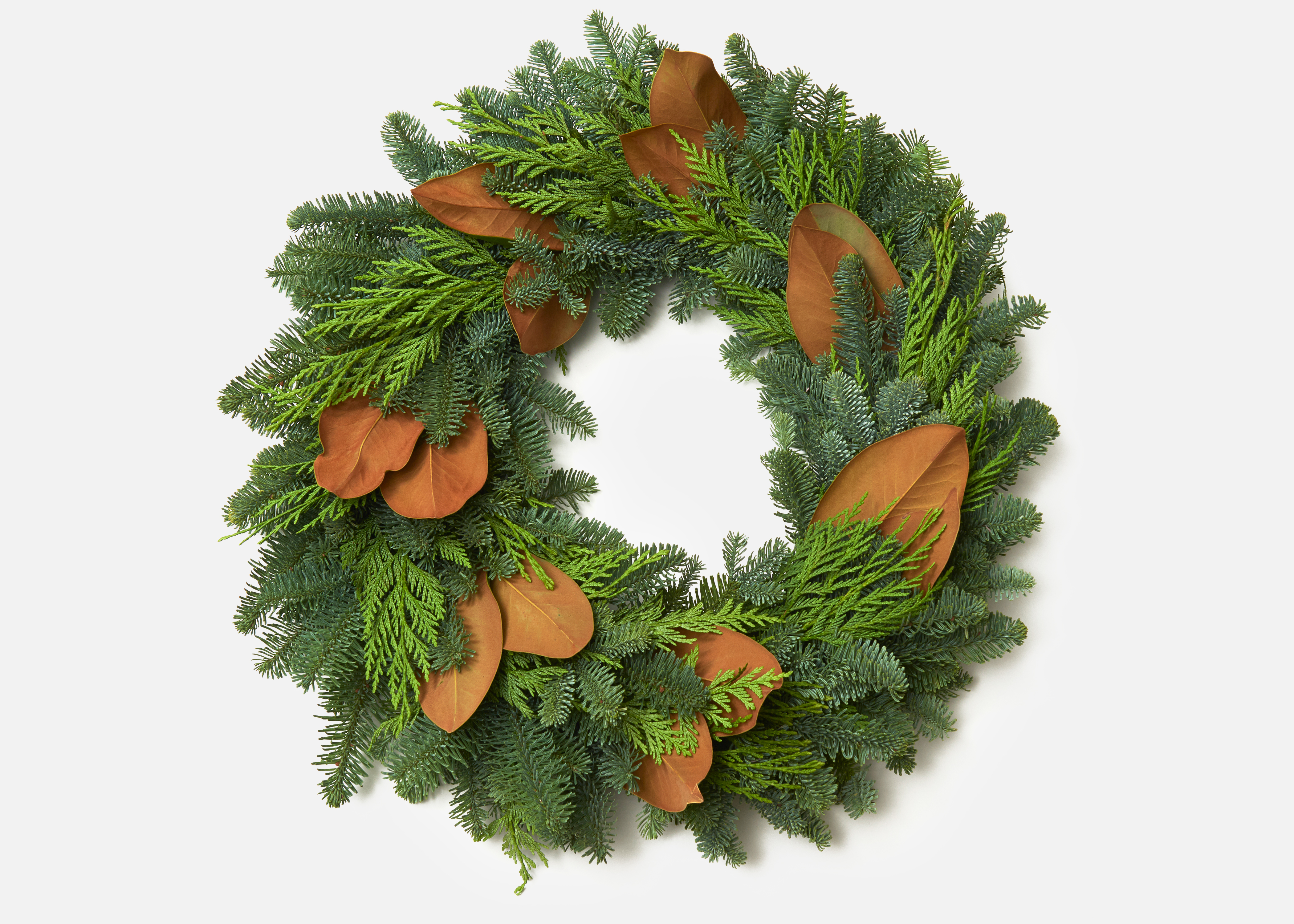You know them at a glance, even if you aren’t sure what they’re called. The downright mesmerizing sight of their shiny leaves, artfully fashioned into a star-like composition, is enough to make anyone stop in their tracks. Of course, we're talking about the Magnolia - one of the most beautiful and iconic plants in existence.
It’s not just great looks that set it apart. Another factor that contributes to its charm is the heady scent. That fragrance is largely sweet with slightly fruity undertones, resulting in a scent that’s often described as fresh, citrusy, and at times champagne-like. It’s complex, yet approachable—just another reason the plant is so popular.
Whether you want to plant a tree in your garden or are interested in cultivating the slightly rarer, though no less beautiful, indoor magnolia tree, you have options. Some varieties are better suited for certain environments and climates, and a select few are appropriate for nurturing inside. Magnolias can even be found in floral bouquets, such as our aptly named The Magnolia.
Popularly grown throughout the United States, the magnolia is often associated with the South. Because there are so many species, the tree is known to thrive in many different environments including tropical and temperate climates. Its distinctive flowers and aroma set it apart, making it a lovely choice for the backyard or a bright spot inside the home.
Introduction to Magnolias
- The History of Magnolias
- Symbolism of Magnolias
- When to Give Magnolias
- How to Grow Magnolias Indoors
